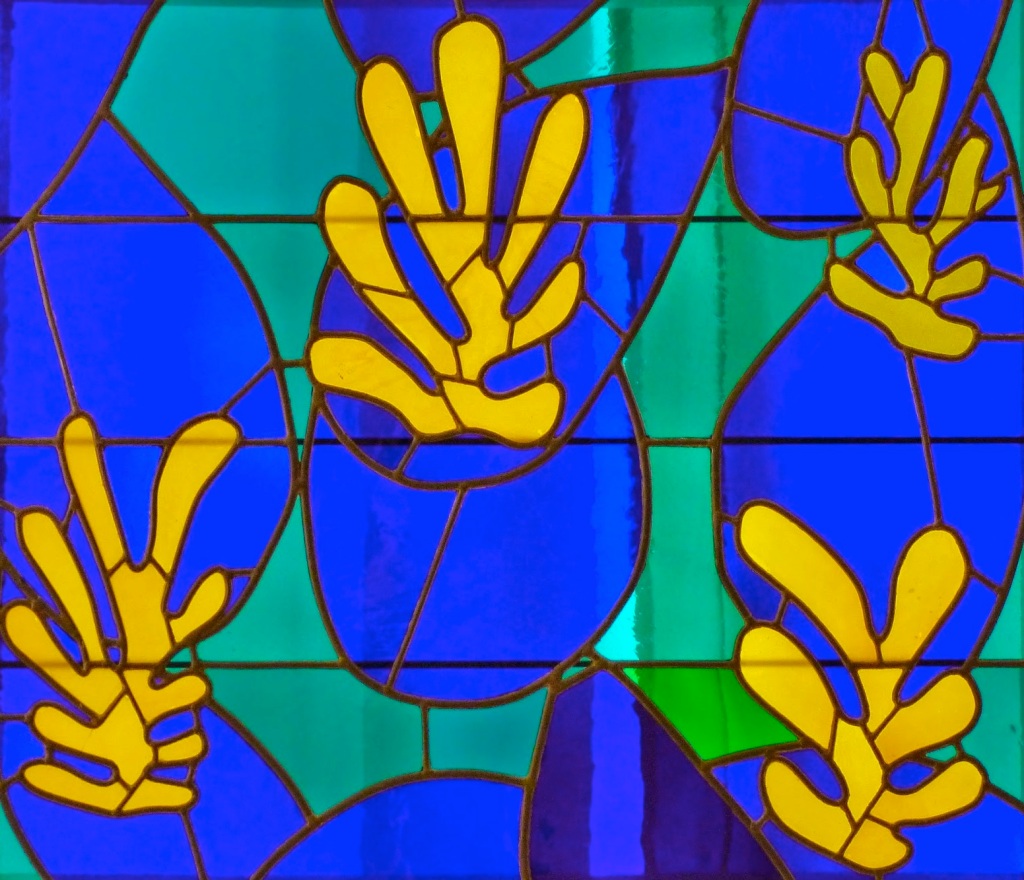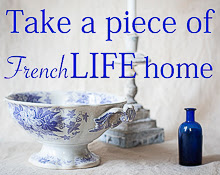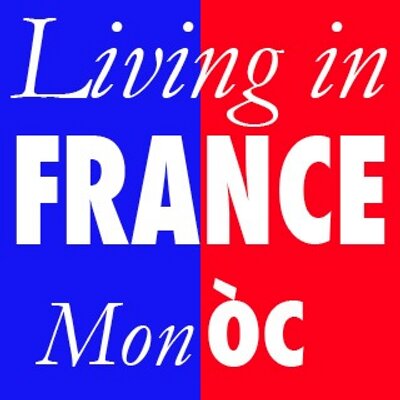

Roughly 200,000 people a year visit the Chapelle du Rosaire. I suspect most of them leave if not moved then at least appropriately impressed — every tour guide tells visitors that Matisse, one of the most celebrated artists of the last century, described the chapel as the “masterpiece” of his career. The story behind its creation? It’s no secret, but it seems to be known only by hard-core art lovers and scholars. It certainly wasn’t known to me when I waltzed through the chapel decades ago.
The answer: a woman. Of course. But not in the way you may be thinking.
In 1942, Matisse was 72, divorced, living in Nice and recovering from an operation for cancer. His only companion was his chilly Russian assistant. Needing a night nurse, he hired Monique Bourgeois, a 21-year-old nursing student. In the 15 nights they were together, Matisse came to love her like a daughter. But when he learned that she was going to become a nun, he was enraged. They parted on bad terms.
Five years later, Matisse was living in Vence. So was Monique, who was Matisse’s friend again — even if she was now Sister Jacques-Marie. Her convent prayed in a chapel that was once a garage. When it rained, the roof leaked. She asked Matisse to design a stained glass window so the nuns could raise money and repair the garage. He had another idea: a new chapel. Which he’d both design and pay for. Over opposition, Matisse spent years focused on the project. Jacques-Marie, who had unwittingly been photographed with Matisse for Vogue, wasn’t allowed to attend the dedication.
The main feature of the chapel is light. There are many windows, some clear, some blue, green and yellow. But not just any blue, green and yellow. The blue is a shade Matisse said he’d only seen twice, once on the wing of a butterfly, once in the flame of burning sulphur. The green is bottle green. And it’s lemon yellow. When the light streams through, the colors merge on the white tiled floor and come alive. Children sometimes cup their hands and try to gather a present for their parents. They get it.
In our world, old age means a winding down, assisted living, and death in an antiseptic hospital room. But the Chapelle du Rosaire celebrates the exact opposite. It’s a late-life success story, with a creative flowering, a great love, and a good death at home. That story, told as a play, might deliver a transcendent theatrical experience. I dare to hope I’ve done that.
Jesse's Bio: Over the years, Jesse Kornbluth has been a contributor or contributing editor at Vanity Fair, New York, The New Yorker, The New York Times and many others. In 1996, he co-founded Bookreporter.com, now the hub of the internet’s most successful non-commercial book network. From 1997 to 2002, he was editorial director of America Online. In 2004, he launched HeadButler.com a cultural concierge site. Having once been married to a woman whose family owned a home in Provence, Jesse fondly recalls, among other things, the roast chicken at the Regalido in Fontvieille, the grilled steak at the Vallon de Gayet in Mouries (thanks to a recommendation from his mother-in-law’s hairdresser) and the incense at the Christmas Eve service at the church in Saint-Remy. Jesse's play, "The Color of Light," will be staged from April 4 to 28 by the Schoolhouse Theater in North Salem, NY, a pleasant drive or train from Manhattan. For info and tickets, click here. To reach Jesse directly: jessekay@aol.com.
For a lovely video tour of the chapel from the BBC, click here.




























































.jpg)
















